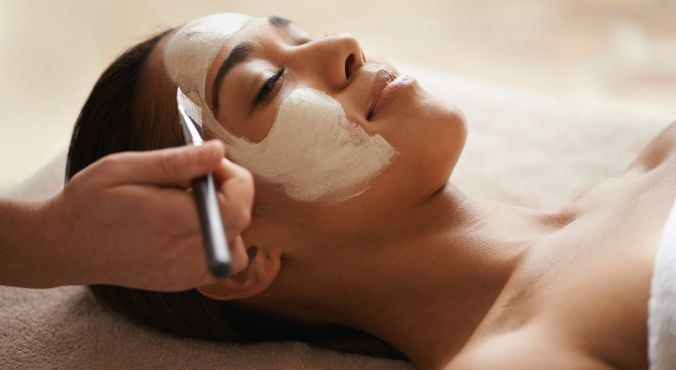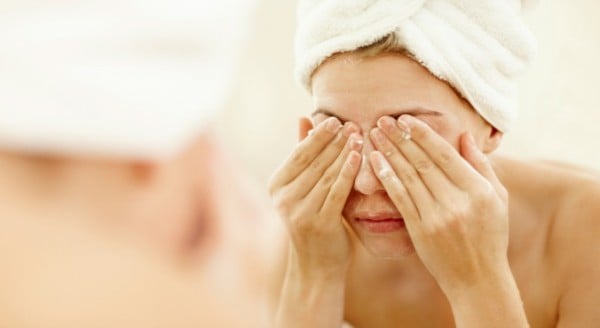
Image via iStock
Spas can be daunting places. When you’re faced with an extensive menu of facial treatments, it can be tempting to just pick the most exotic-sounding one — but, unsurprisingly, that doesn’t always guarantee you the results you’re after.
According to Sanctuary Spa celebrity facialist Nichola Joss, facials are by no means a one-size-fits-all treatment. If you really want to get the most out of your experience, it’s best to start by choosing one that will work best for your skin type.
RELATED: 4 things you need to know before having facial injections.
And, while professional facials are fantastic, your at-home skincare routine also has a significant impact on the results. Here’s what to ask for in the spa and how to back it up at home, regardless of your skin type.
Oily skin
Those with oily skin should choose a professional facial that focuses on deep cleansing and balance.
“Oily skins should not be over-exfoliated as it can lead to excess sebum being produced,” says Joss.
